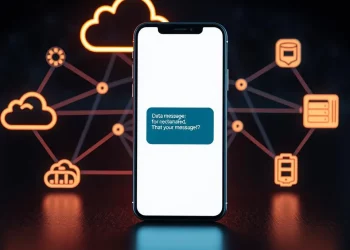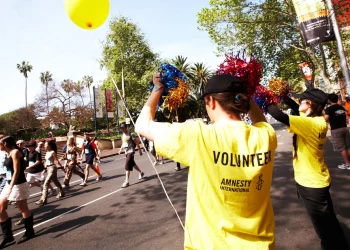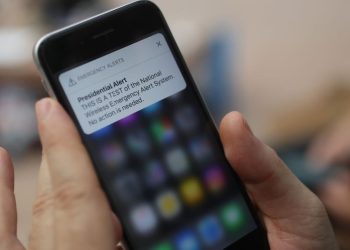In our modern era of instant communication, text messaging has revolutionized how we stay connected with others. Whether it’s a quick update, important information, or heartfelt sentiments, sending text messages has become an integral part of our daily lives. However, as convenient as this form of communication may be, we often encounter various statuses associated with our text messages, such as “delivered,” “failed,” or “undelivered.” Understanding the meaning behind these statuses is essential for effective communication and troubleshooting any issues that may arise. In this comprehensive guide, we will delve into the world of text message statuses, exploring the significance of each status and providing practical insights on navigating them.
Delivered Message
When you send a text message to someone, you expect it to reach the intended recipient. The “delivered” status confirms that your message has reached the recipient’s device. However, it’s essential to understand that “delivered” does not guarantee that the recipient has read or seen the message. It simply indicates that the message has been received by their mobile carrier and delivered to their device.
The delivery status is usually represented by a checkmark or a similar icon beside the sent message. Different messaging apps and platforms may use varying symbols, but the underlying meaning remains. It reassures the message has been successfully transmitted to the recipient’s device.
Failed Text
A “failed” status occurs when your text message does not reach the intended recipient’s device. There can be several reasons why a text message fails, including:
a) Incorrect phone number
If you have entered an incorrect phone number or made a typographical error, the message will fail to deliver. Double-check the recipient’s number before sending the message.
b) Network issues
Network problems, such as temporary outages or signal disruptions, can lead to failed text messages. In such cases, the message may fail to transmit to the recipient’s mobile carrier.
c) Blocked number
If the recipient has blocked your number, your text message will not go through, resulting in a failed status. This typically happens when someone wants to prevent communication from a specific sender.
d) Service provider limitations
Certain service providers may have restrictions preventing messages from being delivered. This can happen when the recipient is roaming, or their carrier has imposed limitations on text message delivery.
When you encounter a failed text message status, it is advisable to verify the recipient’s phone number, check your network connection, and ensure that you haven’t been blocked. If the issue persists, you may need to contact your service provider or seek assistance from technical support.
Undelivered Messages
The “undelivered” status indicates that your message did not reach the recipient’s device and the delivery process was unsuccessful. Unlike the “failed” status, which suggests a specific reason for non-delivery, “undelivered” is a more general status that encompasses a range of issues.
Some common causes of undelivered messages include:
a) Device turned off
The message cannot be delivered if the recipient’s device is switched off or out of network coverage. Once the device is back online, the message will be queued for delivery.
b) Insufficient memory
Sometimes, the recipient’s device may have insufficient memory to receive new messages. This can cause undelivered messages, as the device cannot store any more incoming texts.
c) System errors
Occasionally, technical glitches or system errors within the mobile network can lead to undelivered messages. These issues are usually temporary and resolve themselves once the network stabilizes.
d) DND (Do Not Disturb) mode
If the recipient has enabled the Do Not Disturb mode on their device, they may not receive any notifications for incoming messages, resulting in undelivered status. The message will be delivered once the recipient turns off the DND mode.
It is important to note that undelivered messages can occur due to factors beyond your control. In such cases, there is no immediate action you can take, and it is advisable to wait for the recipient’s device to become available or contact them through an alternative communication channel.
Conclusion
Understanding the different text message statuses, such as “delivered,” “failed,” and “undelivered,” is crucial for effective communication. While a “delivered” status brings reassurance that your message has reached the recipient’s device, a “failed” or “undelivered” status may require further investigation.
By double-checking recipient numbers, ensuring network connectivity, and troubleshooting common issues, you can minimize the occurrence of failed or undelivered messages. However, it’s essential to acknowledge that certain situations, such as network outages or device-related problems, are beyond your control.
In the ever-evolving digital communication landscape, staying aware of text message statuses and their implications allows us to adapt and find alternative means of communication when needed. By being proactive and responsive, we can maintain effective communication channels, fostering stronger connections in both personal and professional relationships.














